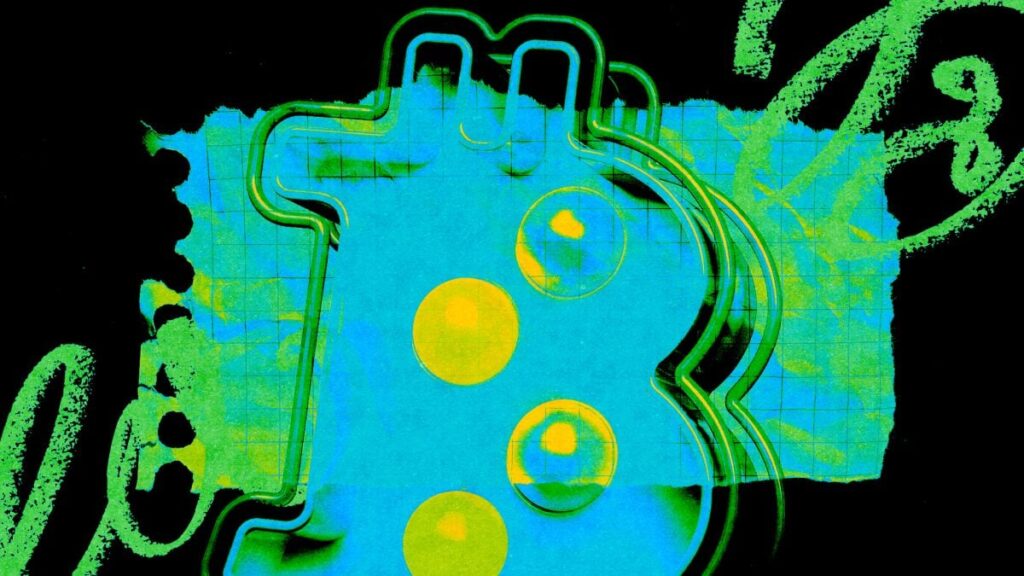Bitcoin Ordinals explorer Ord.io announced Wednesday the closure of a $2 million pre-seed funding round, co-led by Bitcoin Frontier Fund and Sora Ventures.
Eden Block, Arca, Longhash Ventures, Daxos Capital, Portal Ventures, UTXO Management, Rubik Ventures, VitalTao Capital, Antalpha Ventures, Kommune Fund, Edessa Capital, PetRock Capital, PG Capital, Shake and Bake Productions, Re7 Capital, and Balaji Fund, along with angel investors, participated in the round. Ord.io did not disclose a valuation or the structure of the round.
The platform lets users search, browse and interact with Ordinals inscriptions on the Bitcoin blockchain and intends to use the fresh capital to expand support for the upcoming Runes protocol, a new fungible token standard for Bitcoin launching at the halving.
“We can now not only double down on our existing features but also introduce new services and financial tools that seamlessly integrate into our core product,” Ord.io’s pseudonymous co-founder Leonidas said in a statement shared with The Block.
Additionally, the company said it plans to expand its current team by hiring more developers. “We now have over 150K monthly active users and have grown so fast that [co-founder] Zach [Meyer] and I can barely keep up. The opportunity to bring decentralized finance to Bitcoin is massive. There is just so much work to do,” Leonidas added.
What are Ordinals?
The Bitcoin Ordinals protocol, launched in January 2023 by Casey Rodarmor, offers a way to store and trade digital content on Bitcoin. By using satoshis, the smallest units of bitcoin, users can engrave NFTs, BRC-20s (fungible tokens similar to Ethereum’s ERC-20s) and other arbitrary data directly onto the Bitcoin blockchain, with each piece becoming a unique tradeable asset.
While the terms “Ordinals” and “inscriptions” are often used interchangeably, an ordinal is technically a unique serialized identifier for a single satoshi, and an inscription is the content or data attached to that specific satoshi.
Launched in March 2023, Ord.io has led several initiatives in the Ordinals ecosystem: “Startibutes,” a standard for indexing categories of rare sats; “Social Inscriptions,” enabling users to interact with inscriptions through profiles, upvotes, and replies; and “Inscription Number Immutability,” embracing inscription numbers as permanent identifiers.
“Having watched the Ordinals ecosystem grow up out of nothing, we feel a deep level of responsibility to be stewards of this new culture and tech that has emerged,” Leonidas said. “We can’t just copy-paste Ethereum or Solana to Bitcoin. That would be such a disappointing outcome. Instead, we need to embrace the values of legendary Bitcoiners like Satoshi Nakamoto, Hal Finney, and Casey Rodarmor to create something much better.”
What are Runes?
Runes, also developed by Rodarmor, is a new fungible token standard for Bitcoin, set to launch on the halving at block height 840,000. On Monday, investment firm and spot bitcoin exchange-traded fund issuer Franklin Templeton said that Runes has the potential to help Bitcoin fungible tokens compete against the Ethereum and Solana ecosystems.

Fungible token opportunity on Bitcoin. Image: Franklin Templeton.
Ord.io co-founder Zach Mayer seemingly agrees. “I’m incredibly excited about the wave of innovation and exploration emerging on Bitcoin. Products and technologies that were previously constrained to various alt-chains are being reimagined and built on Bitcoin,” he said. “In years past, much of the developer excitement was focused around projects like Ethereum and Solana, but we are witnessing Bitcoin reclaim the mind-share amongst developers.”
Runes offers a more efficient solution than the UTXO bloat caused by the existing BRC-20 minting process. UTXOs (unspent transaction outputs) represent a specific amount of bitcoin received by a user but not yet spent. Runes is also compatible with Bitcoin’s Layer 2 Lightning Network, increases privacy and does not need to rely on off-chain data.
“We’re positioning ourselves to be able to serve the next generation of Bitcoiners who not only want to hold BTC but also collect JPEGs and trade memecoins,” Leonidas said. “Runes, a new fungible token standard on Bitcoin that goes live in two days, represents a tremendous opportunity for us. We believe that Runes and memecoins can onboard tens of millions of people to Bitcoin but we have to make sure the experience is great.”
That’s where Leonidas claims Ord.io can make a difference, aiding the discoverability of such assets while aiming to offer additional financial tools for users on the same platform.
The Bitcoin halving countdown
Bitcoin’s next halving event is now less than three days or around 360 blocks away, according to The Block’s Bitcoin Halving Countdown page. As things currently stand, the potential date for the halving is April 20 at around 1:15 a.m. UTC (9:15 p.m. ET on April 19).
Bitcoin halvings are programmed to occur automatically every 210,000 blocks — roughly every four years. Once a halving event occurs, miners receive 50% fewer bitcoins as a subsidy reward for every block of transactions they mine and add to the blockchain. Bitcoin’s next halving event will see the subsidy reward for miners on the network drop from 6.25 BTC to 3.125 BTC per block. However, they continue to earn additional transaction fee rewards for each block mined as normal.
Disclaimer: The Block is an independent media outlet that delivers news, research, and data. As of November 2023, Foresight Ventures is a majority investor of The Block. Foresight Ventures invests in other companies in the crypto space. Crypto exchange Bitget is an anchor LP for Foresight Ventures. The Block continues to operate independently to deliver objective, impactful, and timely information about the crypto industry. Here are our current financial disclosures.
© 2023 The Block. All Rights Reserved. This article is provided for informational purposes only. It is not offered or intended to be used as legal, tax, investment, financial, or other advice.


